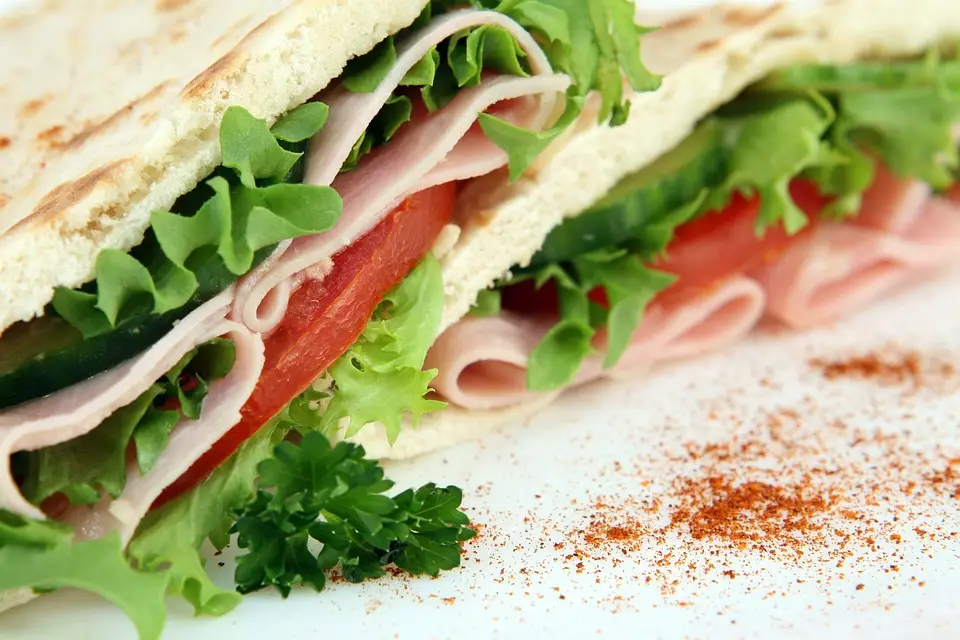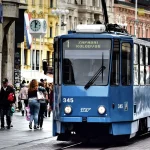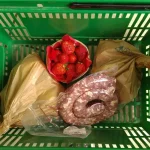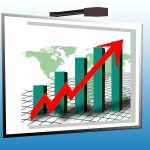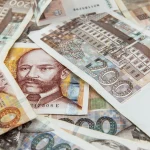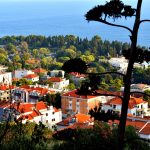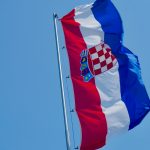As Poslovni Dnevnik writes, the ongoing global crisis and bad domestic policy decisions led to a weakening of domestic production and less availability of meat products to Croatian customers. The result of this set of deeply unfavourable circumstances led to a significant increase in the price of meat, which could soon become a luxury Croatian item, reports DW.
The meat industry here in the Republic of Croatia is facing ever-increasing problems, and with it so are meat consumers, who are needing to fork out ever-higher prices to purchase meat. The cost of fattening cattle up in Croatia has doubled this year, meaning the cost of production in Croatia is at the very top of the European Union (EU). The situation is worse only in the Baltic countries of Latvia and Lithuania.
At the same time, Croatian imports of pork have more than doubled since the time before Croatia joined the EU back in July 2013. With regard to the entire production chain, the sector was also affected by the closure of the Petrokemija fertiliser factory in Kutina, according to Deutsche Welle.
The cause of this situation is not only the global crisis…
“Not only is it imported, but it’s also encouraged by part of the support system in agriculture, already years ago. This endangers the development, but also the very survival of domestic animal husbandry, especially when it comes to pig and cattle breeding,” says agricultural analyst and former producer in animal husbandry and dairying, Miroslav Kovac. He warned of the poor state of domestic cultivation, along with the establishment of the internal market and the disposal of important agricultural land.
“There’s no state, no system, no people, nobody that is ready to withstand the pressure of lost values like what has happened here in Croatia. The domestic population of pigs and cattle has been destroyed, in the long term, obviously, by bad political decisions, without a clear goal in space and with people, most often guided by “fireman’s” logic. Dependence is increasing, and the price is increasing along with it. The biggest misfortune of all is the decimation of breeders and the obliteration of their logic of development,” Kovac added.
“When will we stop sawing the branch we’re sitting on?”
According to Kovac’s beliefs, the public’s attention shifted from the need for quick solutions here in the Republic of Croatia to the problems faced by importers. In the long run, this isn’t at all good for the individual, nor for the Croatian economy as a whole: “How long will it take for us to understand the logic of the functioning of organised countries in this particular segment and stop sawing the branch we’re sitting on?” he asked.
“If we continue doing what we were doing before, the prices will rise across the entire supply chain, and even faster here, and the difference in price aside from business profits will melt away. Here, however, the current practice of emergency and partial interventions costing millions at the expense of the state and EU budgets will not help us, as it has never been the case before. I emphasise the logic of the development and preservation of the domestic economy, and now it’s also in the wider context of the EU, and by no means is any of this only of individual interest,” warned Kovac.
“Croatian agricultural policies are to blame”
Kovac has previously criticised Croatian agricultural policy due to the apparent stagnation of the sector. At the same time, neighbouring EU members Slovenia and Hungary are taking a number of quality steps forward, which have raised their production to quite an enviable level. Of course, there’s also a jump in prices to take into consideration, but domestic production is in much better condition, with fewer imports and costs borne by local customers.
“Having run out of raw materials from domestic sources, problems with prices will spill over to consumers, who are the ultimate payers, including the value added tax that is charged on top of everything and isn’t negligible for a long time,” explained the analyst.
The news from the Croatian agricultural sector is somewhat dramatic: this autumn, according to Eurostat, the price of chicken in Croatia rose by 35.5 percent compared to the same period last year, while the EU average stood at 26.7 percent. It must be expressed that this refers to the placement of meat in sorted categories, while the Croatian Government capped the price of a whole chicken to just 24.99 kuna, along with products in some other meat categories.
Is Croatia condemned to imports?
Overall, the price of meat has risen significantly, seeing it become closer than ever to a luxury Croatian items. As a result, demand decreases, which in turn leads to further price increases. We can’t even influence some factors, for example, the import of artificial fertilisers that came from Russia. Urea from Russia was sold in Croatia at a price three times higher than it was last year, when the Croatian market still had domestic products of this type of its own. Condemned to imported goods, Croatian farmers reduced their consumption of fertilisers, and consequently their yields. Because of this, some have already given up meat production and switched to arable farming or left the sector of agriculture altogether.
What do the manufacturers think about everything?
How the situation looks from that angle was explained by one of the largest producers in all of the Republic of Croatia – the Pivac Group. Today, too, they primarily point out that, due to market disturbances, their input production costs are constantly increasing.
“Our production has risen in price by more than 30 percent this year alone, and due to inflation and the energy crisis, the increase in input prices will be a challenge in the future as well,” the president of the group, Ivica Pivac, revealed. He emphasised that, when it comes to basic raw materials, their strategic focus on their own livestock production proved correct. However, the increase in animal feed prices by more than 80 percent influenced a significant increase in costs in this segment of production as well.
Uncertain market opportunities
“Although all of our input costs have increased, we constantly strive to minimise the impact of market disruptions on our end customers. However, unfortunately it wasn’t possible to avoid price corrections. Otherwise, we’d be calling the sustainability of our production and supply into question,” said Pivac.
Compared to last year’s prices in Pivac stores, the current price of certain cuts of pork has increased by 18 percent, and when it comes to their most popular product, prosciutto, its price has increased by 20 percent. “Uncertain market conditions make it difficult to project price movements, however, we’re going to continue to do everything we can so that the increase in input costs affects our customers as little as possible,” assured Ivica Pivac, emphasising that for his company “when planning business, the focus remains on investments in self-sufficiency, production capacities and human resources,” but it is still not known whether this will be enough to amortise the crisis stress for consumers and stop meat becoming a luxury Croatian item which is simply not affordable to some.
For more on inflation and increases in the cost of living in Croatia, keep up with our news section.

